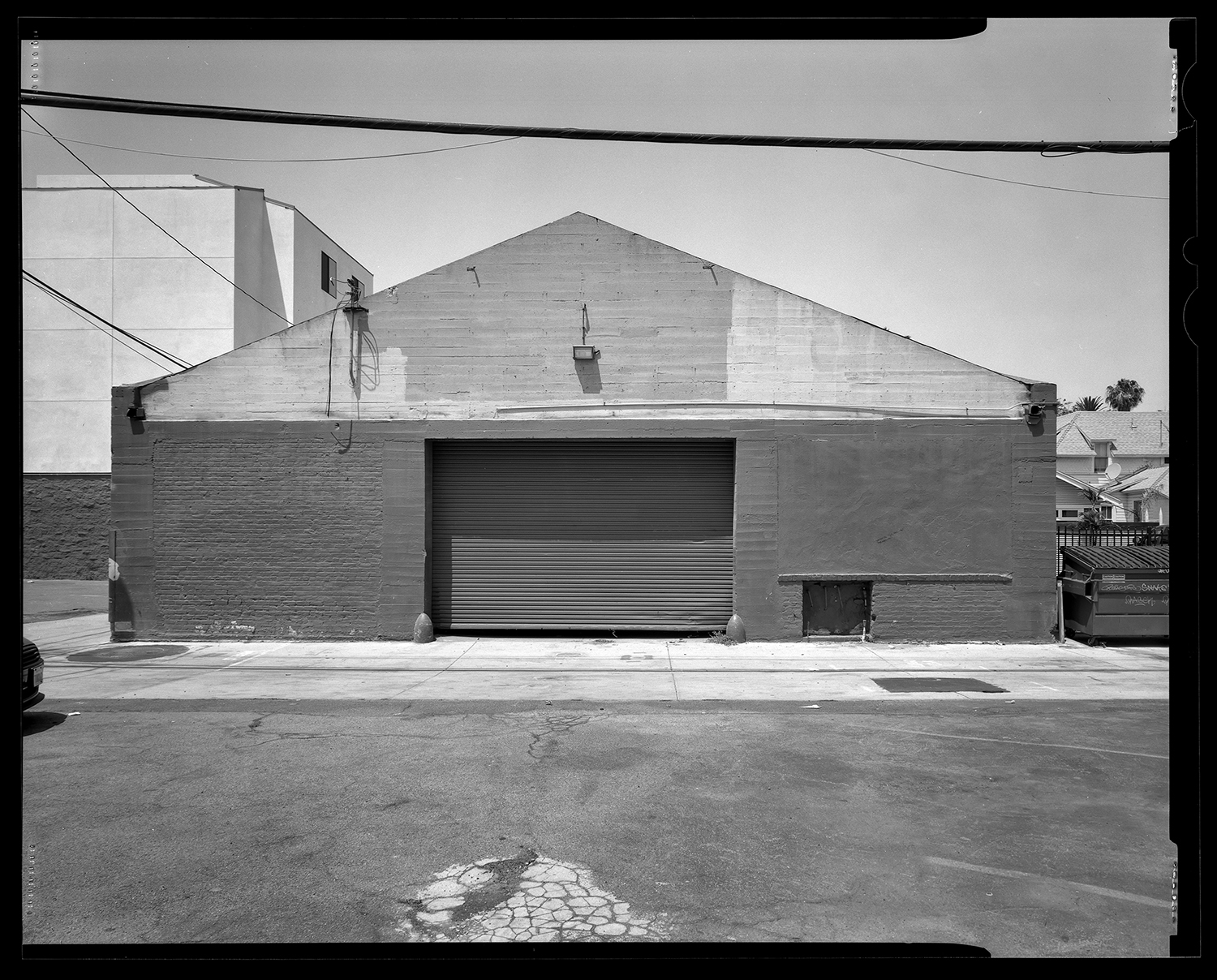HABS Mitigation
Why do I have to do this? One of the first questions I get is “why do I have to do this?” In the late 1960’s the Federal government decided it was important to preserve and documents our built and archeological history. In 1966 they passed the National Historic Preservation Act (NHPA) and codified it through Section 106. Section 106 (NHPA) requires federal agencies to consider the effects on historic properties of projects they carry out, assist, fund, permit, license, or approve throughout the country. If a federal or federally-assisted project has the potential to affect historic properties, a Section 106 review will take place. By the early 1970’s many State and local governments enacted their own rules, laws and ordinances using Section 106 as a guide. The historic review does not prevent razing of structures but adds an additional layer of review and public comment to the process.
Cities can follow HABS HAER HALS to the extent they want. Since local governments are looking to Section 106 only as a guide, they can adopt any procedure they want as long as it does not involve Federal funding or oversite. Some cities require all 3 components, written narrative, measured drawings and large format archival photography prints and negatives. Other jurisdictions only require the photography
Why so much money? If all 3 components are required, a complete small historic documentation (written history with a possible EIR) could run into ten of thousands of dollars. The photography is usually only about 10-15% of the total cost.
The photography itself has three areas of expense. The first is the time required to do the on-site photography. Generally, only about 12-15 exterior images a day can be made. Indoors, with the addition of supplemental lighting, that number falls to around 9-12 images. While on-site, a sketch map showing the location and compass heading along with other field notes need to be made. The on-site work encompasses about 40% of the workload.
Second is the time required to get the film processed and scanned, prints made, prints, negatives and archival enclosures need to be labeled following the Secretary of the Interior Standards. An Index with photo captions needs to be assembled. A sketch map showing where each image was taken needs to be drawn. Next, a PDF of all deliverables (for distribution to other than the archival repositories) needs to be prepared. The deliverables need to be packaged for shipment. Since the negatives are each an original that can’t be reproduced, the shipment needs to be insured for a its replacement value. This is generally the cost to re-shoot the entire project. The second part takes about 60% of the time.
The third part of the expenses are the deliverables themselves, mainly the film, film processing, film scanning, and archival prints. There was a time when black and white was used instead of color due to cost. Color could be 4 times the expense as compared to B&W. Those days are gone. For every click of the shutter, my cost runs almost $10. Depending on how many negatives are required (usually 1-3 per view) I need to take extra just in case something happens. Even the printed Index needs to be on archival bonded and not standard photo copy paper.
What can I do to save money? One might think the best way to save money is to limit the number of views (images) taken. This can be short sighted. Each project needs to be “thoroughly yet concisely” documented. Return trips for on-site work is way more expensive and time consuming than doing the project correctly the first time. Although city staff usually relies on my opinion, they are the final arbiter of needed views.
The other single most important way to save money is to be prepared. Gaining access to all parts of the site is very important. Removal of visual obstructions can also take valuable on-site time. Boarded up windows not only cover important details; they necessitate the need to set up additional interior lighting. Construction and other exterior fencing blocks contextual views. The same goes for brush and other overgrown vegetation.
Voluntary submittal to the Library of Congress. I always suggest that instead of multiple copies of negatives and prints going to various local repositories, do a voluntary submittal to the Library of Congress (LoC). The LoC requires only 1 each negative and print, they have the climate-controlled archives and once scanned, they are available on-line 24/7/365 free of charge for anyone to find and use. Some localities agree and are fine with a digital PDF file, others still require at least one local set of deliverables.
How to get started? All we need is a copy of your mitigation requirements pertaining to your HABS HAER or HALS documentation. We will talk directly with the Planning Dept. to confirm exactly the items needed to fulfill your obligations and move your project along. We have been creating historic documentation for 20 plus years. We are based in the Pasadena area of Los Angeles and extensive experience creating HABS HAER HALS in Pasadena, Los Angeles, Southern California (So Cal), Northern California (No Cal), Nevada (NV) and Arizona (AZ).






